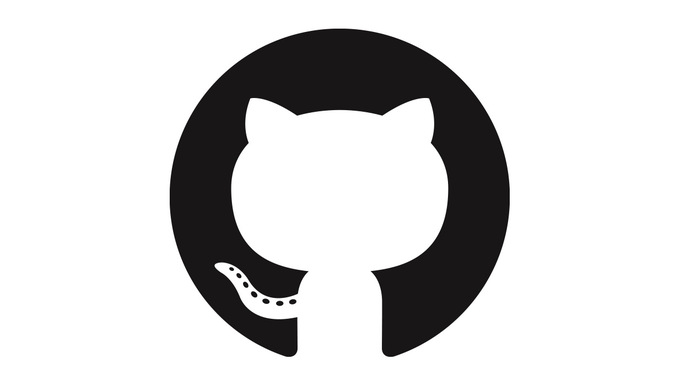Java NIO中的读和写
一、概述
读和写是I/O的基本过程。从一个通道中读取只需创建一个缓冲区,然后让通道将数据读到这个缓冲区。写入的过程是创建一个缓冲区,用数据填充它,然后让通道用这些数据来执行写入操作。
二、从文件中读取
1、原始I/O读文件
如果使用原来的I/O,那么只需要创建一个FileInputStream并从它那里读取,示例代码如下:
public class BioTest { public static void main(String[] args) throws IOException { FileInputStream in=null; try { in=new FileInputStream("src/main/java/data/nio-data.txt"); int b; while((b=in.read())!=-1) { //一次读一个字节 System.out.print((char)b); } } catch (FileNotFoundException e) { e.printStackTrace(); } } }
2、NIO读文件
在NIO系统中,任何时候执行一个读操作,都是从通道中读取,所有的数据最终都是驻留在缓冲区中。读文件涉及三个步骤:
- 从FileInPutStream获取Channel
- 创建Buffer
- 将数据从Channel读到Buffer中
示例代码如下:
//读文件 private static void readFileNio() { FileInputStream fileInputStream; try { fileInputStream = new FileInputStream("src/main/java/data/nio-data.txt"); FileChannel fileChannel=fileInputStream.getChannel();//从 FileInputStream 获取通道 ByteBuffer byteBuffer=ByteBuffer.allocate(1024);//创建缓冲区 int bytesRead=fileChannel.read(byteBuffer);//将数据读到缓冲区 while(bytesRead!=-1) { /*limit=position * position=0; */ byteBuffer.flip(); //hasRemaining():告知在当前位置和限制之间是否有元素 while (byteBuffer.hasRemaining()) { System.out.print((char) byteBuffer.get()); } /* * 清空缓冲区 * position=0; * limit=capacity; */ byteBuffer.clear(); bytesRead = fileChannel.read(byteBuffer); } } catch (FileNotFoundException e) { // TODO Auto-generated catch block e.printStackTrace(); } catch (IOException e) { // TODO Auto-generated catch block e.printStackTrace(); } }
三、写入文件
1、原始I/O写文件
private static void writeFile() { FileOutputStream out=null; try { out=new FileOutputStream("src/main/java/data/nio-data.txt"); out.write("hello".getBytes()); } catch(Exception e) { e.printStackTrace(); } }
2、NIO写入文件
//写文件 private static void writeFileNio() { try { RandomAccessFile fout = new RandomAccessFile("src/main/java/data/nio-data.txt", "rw"); FileChannel fc=fout.getChannel(); ByteBuffer buffer=ByteBuffer.allocate(1024); buffer.put("hi123".getBytes()); buffer.flip(); try { fc.write(buffer); } catch (IOException e) { // TODO Auto-generated catch block e.printStackTrace(); } } catch (FileNotFoundException e) { // TODO Auto-generated catch block e.printStackTrace(); } }
四、读写结合
将一个文件的所有内容拷贝到另一个文件中。CopyFile.java 执行三个基本操作:首先创建一个 Buffer,然后从源文件中将数据读到这个缓冲区中,然后将缓冲区写入目标文件。这个程序不断重复 ― 读、写、读、写 ― 直到源文件结束。示例代码如下:
//拷贝文件 private static void copyFile() { FileInputStream in=null; FileOutputStream out=null; try { in=new FileInputStream("src/main/java/data/in-data.txt"); out=new FileOutputStream("src/main/java/data/out-data.txt"); FileChannel inChannel=in.getChannel(); FileChannel outChannel=out.getChannel(); ByteBuffer buffer=ByteBuffer.allocate(1024); int bytesRead = inChannel.read(buffer); while (bytesRead!=-1) { buffer.flip(); outChannel.write(buffer); buffer.clear(); bytesRead = inChannel.read(buffer); } } catch (FileNotFoundException e) { // TODO Auto-generated catch block e.printStackTrace(); } catch (IOException e) { // TODO Auto-generated catch block e.printStackTrace(); } }







【推荐】国内首个AI IDE,深度理解中文开发场景,立即下载体验Trae
【推荐】编程新体验,更懂你的AI,立即体验豆包MarsCode编程助手
【推荐】抖音旗下AI助手豆包,你的智能百科全书,全免费不限次数
【推荐】轻量又高性能的 SSH 工具 IShell:AI 加持,快人一步
· AI与.NET技术实操系列:基于图像分类模型对图像进行分类
· go语言实现终端里的倒计时
· 如何编写易于单元测试的代码
· 10年+ .NET Coder 心语,封装的思维:从隐藏、稳定开始理解其本质意义
· .NET Core 中如何实现缓存的预热?
· 25岁的心里话
· 闲置电脑爆改个人服务器(超详细) #公网映射 #Vmware虚拟网络编辑器
· 零经验选手,Compose 一天开发一款小游戏!
· 通过 API 将Deepseek响应流式内容输出到前端
· AI Agent开发,如何调用三方的API Function,是通过提示词来发起调用的吗